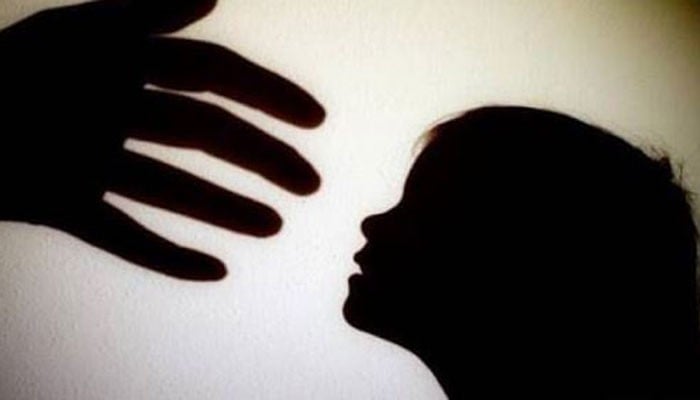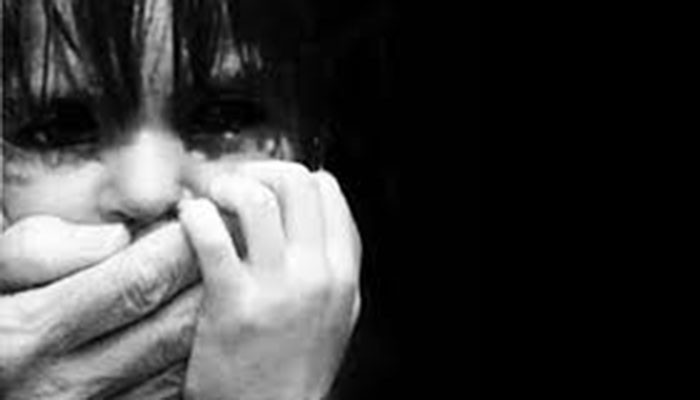If Mohammad Waleed could, he would drop out of college immediately just to avoid the sinking feeling he wakes up with every day. His classmates tease him. His teachers whisper behind his back. They all know his name and they all know his story.
“I can see the fingers being pointed at me,” the dark-haired 18-year-old tells Geo.tv, sitting in his two-bedroom home in the Hussain Khanwala village in Kasur. “They say, ‘He is that boy,’ ‘Do you know what happened to him?’”
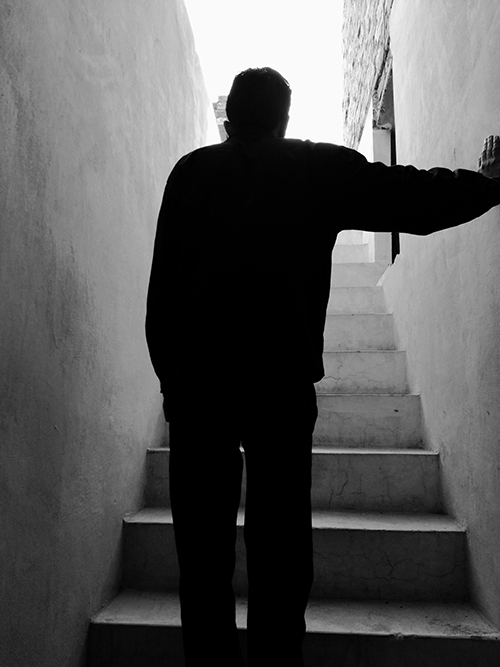
When Waleed first applied to the Kasur Technical College, the administration refused. A small group of parents and villagers then got together and visited the principal’s office. “It took several meetings to convince them,” says Eid Mohammad, who organised the group, “the boy has to continue studying, not just for himself but also for us.”
Mohammad’s own son has fled the village. The others, boys and girls, have either run away or gone underground since 2015. Waleed is the only one enrolled in a school. Almost an entire generation of Hussain Khanwala is now missing.
In 2008, Waleed, then 10 years old, asked a boy in his school for a ride home. But the older boy took him to an abandoned house instead. There were three men there—all in their 20s. One held a gun. The torture began almost immediately. Waleed was cudgelled before one of the boys began sodomising him. “They kept telling me to smile, to look happy for the camera,” he tells Geo.tv impassively. “If I didn’t they would stop recording and then start all over again.”
From 2008 to 2015, Waleed was exploited to record over 10 videos. His family had no idea until the clips began appearing on mobile phones in the village after being leaked by one of the culprits.
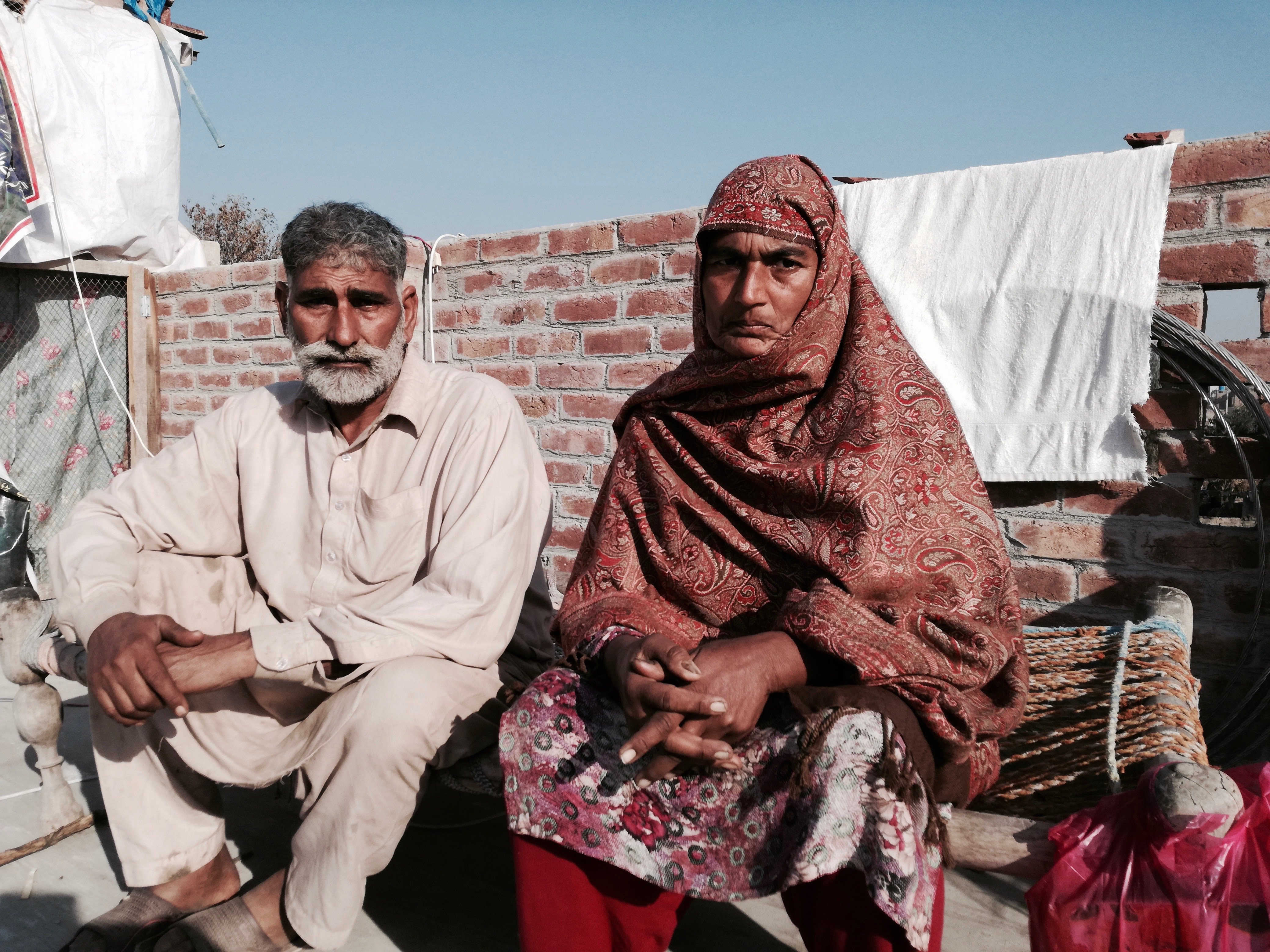
The Nation, an English daily in Pakistan, was the first to report the scandal. Then, amid an unrelenting outcry by the public, the Punjab government quickly constituted a Joint Investigation Team and arrested all 17 men. Promises were made. But none were kept.
To date, 10 perpetrators are out on bail after the court gave the accused benefit of the doubt and the prosecution failed to provide compelling evidence. Several families themselves withdrew the cases or filed affidavits in the court allowing the accused to be released on bail, after being pressurised by police and local politicians. Seven are still behind bars while only two have been awarded life imprisonment by an anti-terrorism court.
Even after the Hussain Khanwala incident, cases of sexual assault involving children continued to be brought to the public arena. In 2016, 141 child offences were reported from Kasur alone, according to data provided by Sahil, an Islamabad based NGO working to prevent child exploitation. None of the cases made national headlines.
Then, this month, the issue was once again prised open and Kasur was in the spotlight.
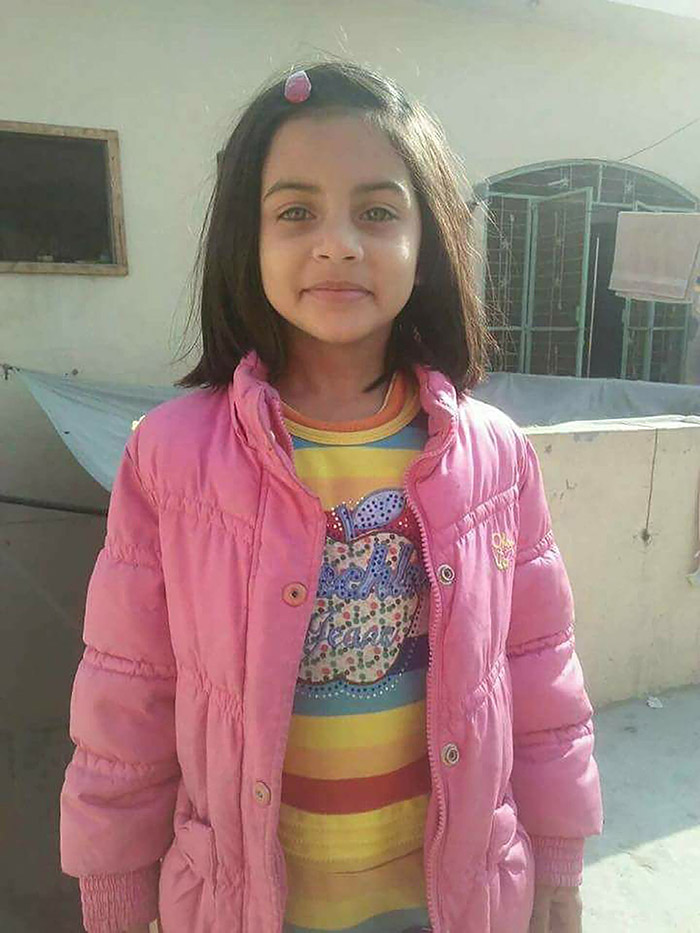
On January 4, seven-year-old Zainab went missing from near her aunt's house. Five days later the child’s lifeless body was found in a trash heap. She was raped multiple times and strangulated to death. A public firestorm erupted. Photos and reports of the green-eyed girl spread quickly and sparked outrage on social media. Protesters rampaged through Kasur, asking for one thing only: safety for their children. The incident invited fresh criticism about the way the government handles cases of child abuse. Facing intense pressure, the authorities acted. The chief minister of Punjab promised to personally supervise the probe and launched a province-wide manhunt for the killer.
Fourteen days after Zainab's body was recovered, they nabbed the man, Imran, a 24-year-old who lived only 15 doors down from Zainab’s house.
Troubling, the seven-year-old wasn’t his only victim. Imran had been preying on children for eight months before he was caught. During this period, he kidnapped, abused, strangled and dumped—in an identical pattern—ten other minor girls from the neighbourhood. His victims ranged from ages 4 to 11 years old. Kainat Batool, 7, was the only survivor, who woke up after being left for dead. She is now recovering in a hospital in Lahore.
Police were able to trace Imran after DNA samples from him matched those found on all ten victims. Investigators tell Geo.tv that the serial killer would work for days on a single child. “Offer them sweets and candies, talk to them, become their friend,” explains Sajid Hussain, the press officer at the district police chief’s office in Kasur. “After kidnapping the child, he would drug, rape, and kill them the same night. He would never keep a child for long.” Imran was well-known in the neighbourhood and was often invited to homes to recite religious poetry.
But none of this would have been possible without the help of locals. The police would still have been groping in the dark for information had people not come forward and provided CCTV recordings from the cameras they have privately installed outside their shops.
“If the police didn’t have this footage, they would have no idea what the man looked like,” says Qaiser Sheikh, a political activist in Kasur. “This is the state of our investigating authorities.”
According to Sahil, cases of sexual abuse against children are recorded nationwide every year. However, reports from Kasur always stand out.
"Because of what happened in 2015, which shocked the country,” explains Manizeh Bano, the executive director. “Punjab has a larger population, hence it records more reported cases and gets more media coverage. But in the province, Muzaffargarh, Rawalpindi, and Faisalabad have far higher numbers than Kasur.” Even if the figures and details fluctuate, one thing stays consistent, adds Bano. “Child abuse is a power game. The victim will always be weak and the abuser powerful.”
After the 2015 incident, eight families have withdrawn their cases. According to Latif Ahmad Sarra, the lawyer who represented the affected families, some were threatened by the police to backtrack. Others were allegedly paid off by Malik Ahmed Saeed, a parliamentarian from the ruling Pakistan Muslim League-Nawaz elected in 2013 from the PP-178 Kasur seat.
"I received a call from him as well," alleges Waleed. "Ahmed Saeed called me from his own number in 2016. He offered me Rs 450,000, which I could collect from his dera (farm). I don't need his money. I need justice and if I don’t get it, I will burn myself."
Malik Ahmed Saeed when asked to comment on the allegations, said over the phone: "These are baseless and lies. I want them to bring proof. I did not call anyone and offer them money."
A fact-finding report prepared by the Human Rights Commission of Pakistan after the Hussain Khanwala scandal states that the police’s “failure to take action lends support to charges of policemen’s collusion with the culprits. The team also found the role of political parties very disturbing.” The report further adds that the relevant police officers refused or avoided meeting the HRCP team.
Since 2015, the Punjab government has sacked and replaced six district police chiefs in Kasur and several superintendents due to negligence.
Just as troubling was the apparent reluctance and attempts by senior government ministers to downplay the scandal altogether. Rana Sanaullah, Punjab’s law minister, told a private television channel that the case was being wrongly projected as that of sexual abuse, instead, it was a land dispute between two rival parties. The statement was surprising, especially since the families provided authorities with over 400 videos of the act.
"A few hours after Zainab was found dead, he was bent upon proving that the rapist was her relative. On what basis does he make these claims?” says Zubaida Bibi, whose 12-year-old son was a victim.
Eid Mohammad, sitting beside her, adds, “Zameen nahi, zameer ka masla tha (It isn't an issue of land, but of conscience).
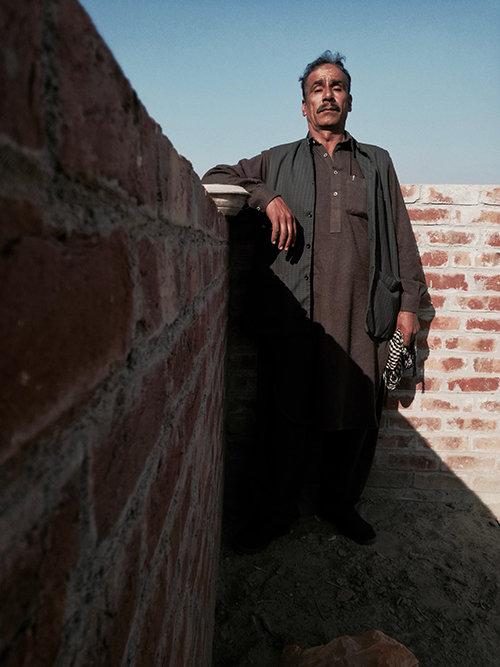
Justice for victims of sexual abuse is rare, if the Hussain Khanwala scandal offers any lessons. Parents of the children affected in 2015 are poor daily-wagers. None can afford to travel to Lahore to attend court hearings. Soon after the videos were leaked, over 200 people from the village travelled for one hour to Lahore to meet the chief minister of Punjab. The meeting lasted several hours. Families of the affected children were promised security, travel expenses and a panel of lawyers to fight their cases. Two years later, the fathers say they are forced to pool money and travel in small groups to attend courtroom hearings.
“It is very difficult to hear about Zainab’s case,” says Eid Mohammad. “If we did not get justice, how will her family? Had our criminals been properly prosecuted and punished, Zainab would be alive today.”
Mohammad’s son fled the village in 2015. Someone told the father that the teenager is now living in Lahore. The last time Mohammad saw him was in September on Eid. The boy showed up, one day, unannounced. He met his mother and prayed at a local mosque. The next morning, before Mohammad woke up, he was gone.
“My son is ashamed of being in the same room as me,” says Mohammad, dabbing tears away. “Zainab did not live, but my son did. Yet, I might never get to see him again.”
He pauses and then continues: “We, the families, have decided that if we don’t get justice, we will set ourselves on fire outside the Punjab assembly. Maybe then they will take us seriously."
—With reporting by Natasha Mohammad Zai and Saleem Rehman
Note: An earlier version of this story reported that 284 children were victimised. This figure was provided by the lawyer representing the affected families. The JIT in its findings stated that this figure was misreported, confirming 20 victims of child abuse/pornographic videos. The HRCP report states that a large number of children were victims of this crime.



